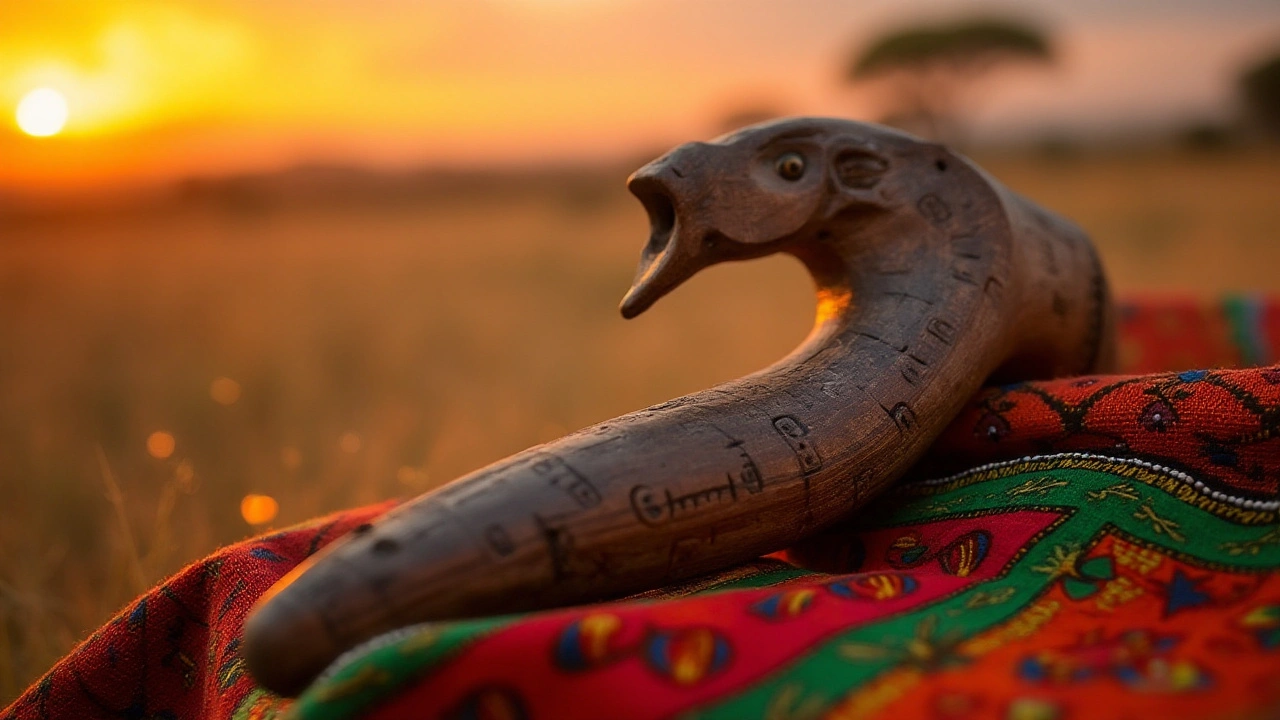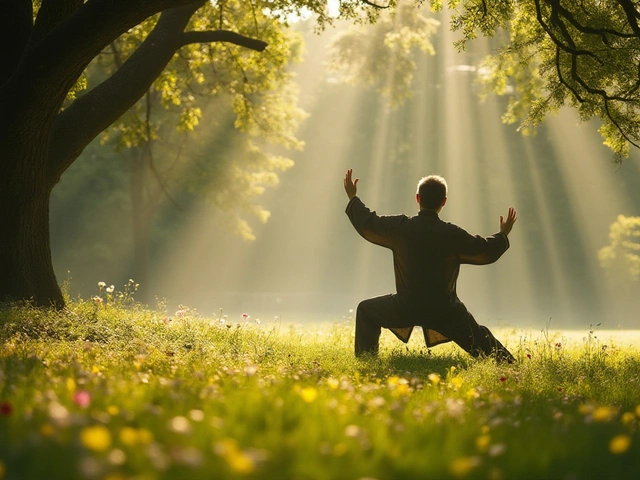Traditional Weapon
Most items called "weapons" began life as simple tools: a stick to dig, a knife to cut, a bow to hunt. Over time those tools became specialized for conflict, honor, or display. If you care about history, martial arts, or collecting, understanding traditional weapons clears up myths and shows how cultures solved real problems with smart designs.
Common types and what makes them unique
Swords: Cutting and thrusting designs vary by region. A curved blade like a scimitar is built for slashing from horseback. A straight European longsword balances cut and thrust for armored combat. Look at blade shape, fuller (the groove), and hilt to tell purpose and era.
Spears and polearms: Simple but deadly. A spear is cheap to make and works for hunting or battle. Polearms—halberds, glaives, and naginata—combine reach with cutting or hooking heads. They dominated many battlefields because they were easy to train with and effective against cavalry or massed troops.
Bows and crossbows: Bows demand skill and time to master. A longbow offers range and rate of fire; a recurve stores more energy in a shorter limb. Crossbows trade training time for mechanical power—easier to use but slower to reload. Both shaped warfare and hunting practices for centuries.
Axes, clubs, and throwing weapons: Axes split armor and wood. Clubs and maces transmit blunt force. Throwing knives, shuriken, and javelins add ranged options that fit specific tactics or ceremonial roles.
Why traditional weapons still matter
They teach craft. Making a blade, a bow, or a polearm requires materials knowledge and skill. Many modern blacksmiths and bowyers keep old techniques alive, and that craft has value outside combat—tools, art, restoration.
They teach history. A weapon reveals trade routes, available metals, and fighting styles. For example, where iron was scarce, people relied on bone, stone, or composite designs. Studying weapons shows what a society needed and could afford.
They teach discipline. Martial arts that use traditional weapons build timing, balance, and focus. Practicing with a wooden sword or staff reduces injury risk while preserving technique.
They matter in sport and safety. Recreated weapons power Olympic-style events, historical contests, and living-history demos. Those activities emphasize rules, protective gear, and respect—so people learn the past safely.
Interested in starting? Visit a local reenactment group, martial arts school, or museum. Handle replicas first, ask about safety gear, and learn the basics from someone experienced. If collecting, check laws where you live—some items need permits or special storage.
Traditional weapons can be tools for learning, not just symbols of violence. Approach them with curiosity, respect, and safety, and you'll get a clearer view of how people solved real problems across time and place.

Exploring the Cultural Significance of the Rungu in African Traditions
The rungu is more than just a weapon; it's a symbol of status and tradition among many African communities. This article explores the rungu's historical significance, its construction, and its cultural role. Often associated with the Maasai, the rungu has been widely used in ceremonies and as a symbol of leadership. By understanding the rungu, one gains an appreciation for the rich cultural tapestry of Africa.

The Cultural Significance of Rungu in African Folklore
This article explores the importance of the Rungu in African folklore, diving into its historical roots, cultural significance, and practical uses. From ceremonial purposes to storytelling, discover how this traditional weapon plays a crucial role in the rich tapestry of African heritage. Learn about its symbolic meanings and gain insights into its role in various African communities.

How a Calmness Practice Revitalizes Your Life
Oct, 17 2025



